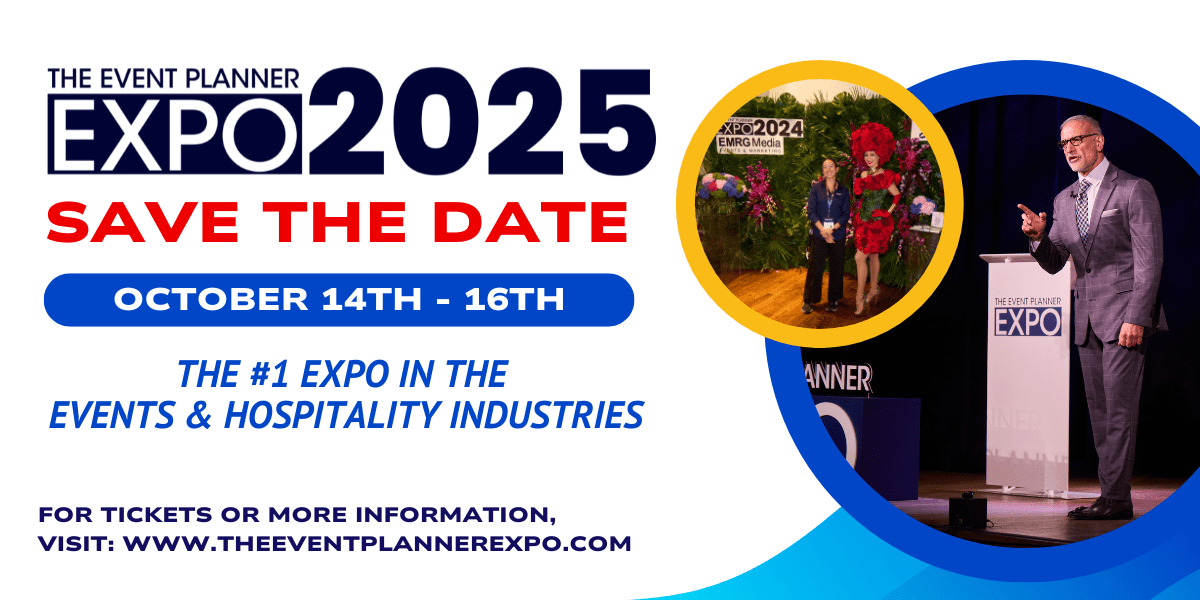Event planning in New York is all about bringing people together and celebrate a cause.
But if you're planning an event in New York that needs to be more accessible for all attendees, the first step is recognizing that making an event accessible isn't just about meeting legal requirements.
It's also about making sure that everyone can participate in the fun.
If you want your event to be inclusive and welcoming, here are some ways to make it happen:
Create An Accessibility Planning Committee or Task Force
One of the easiest ways to make your New York event planning strategies more accessible is to create an accessibility planning committee or task force. This committee will include people with disabilities, people who have experience with accessibility, and anyone else who can help you understand the needs of those attending your event.
If you're organizing an in-person event, be sure to choose venues that are wheelchair accessible (and if they aren't, plan on renting portable ramps so that everyone can attend).
If possible, also schedule back-to-back events so that attendees don't have to spend too much time traveling between them in their wheelchairs. Or at least make sure there's plenty of time between when two people leave one venue and arrive at another one so they don't crowd up traffic flow unnecessarily.
Finally remember: if someone asks for accommodations but isn't disabled themselves (for example a caregiver or parent), don't assume this means they're making a request based solely off personal interest. They may know something about accessibility that you don't!
Train Your Event Team
Encourage your New York event planning team to prioritize accessibility and embrace a culture of inclusion that welcomes people with disabilities.
That includes training your staff on how to communicate with people who are deaf or hard of hearing, blind or have low vision and those with developmental disabilities.
This means paying attention to the language you use and making sure it's appropriate for everyone. If a person with a disability asks for accommodations, don't disregard their request because they're not disabled themselves. They may be able to provide insight into what accommodation is needed and how they could help make your event more accessible.
Set Up Your Venue Ahead of Time
Before you get to work on setting up your venue, make sure that it is accessible. You want to be sure that the venue has enough seating for guests with disabilities, a ramp or elevator for wheelchair access, and enough restrooms for people with disabilities.
If you aren’t familiar with what makes a venue accessible or not, ask someone who uses a wheelchair or has other physical limitations if they would be comfortable attending your event there. If they are not comfortable attending, you know that the venue is not accessible.
Also make sure that any equipment or props that will be used in your event are also accessible. For example, if you plan on using a podium for your speaker, make sure it can be easily reached by those in wheelchairs or with other physical limitations.
Provide Resources for Attendees
By providing resources for attendees, you can make your event more accessible to everyone. Consider the following:
- Provide sign language interpreters.
- Provide materials in alternate formats, like braille or large print.
- Make sure your venue has wheelchair access and is wheelchair-friendly (e.g., ramps instead of stairs).
- Provide transportation from the airport or train station.
- Make sure you have accessible restrooms available and that they are wheelchair accessible.
- Provide a clear path for the event, and make sure there are no obstacles or hazards that would prevent someone from using a wheelchair from getting around.
- Create a quiet room where people can take a break from the noise if they need it, and this includes children!
That last one isn’t just helpful for those with autism spectrum disorders or anxiety. It’s also good for anyone who works best in quieter environments than most others do.
And don’t forget about parents who may have young kids who need a break occasionally! If possible, provide babysitting services as well so that parents can enjoy the other activities at an event while always keeping an eye on their children.
Emphasize Inclusivity Every Step of The Way
No one should feel like they’re not welcome at your event. If there’s someone who is disabled, elderly or otherwise unable to participate in certain activities, make sure that you have ways for them to do so as well!
For instance, if there are bouncy houses set up during an event and the person can only walk with a cane or wheelchair, offer them a chance to use those instead of forcing them into the funhouse.
To make your event as inclusive as possible:
- Make sure your event is accessible to everyone.
- Make sure your event is welcoming to everyone.
- Make sure your event is inclusive to everyone.
- Make sure your event is safe for everyone.
- Make sure your event is fun for everyone.
Plan events that include all people.
Making your event more accessible is a good idea, but it can be daunting. There are many ways to approach this task and having a team of people working on it together is key.
For your plan to be effective and successful, you must have a diverse group of people who are committed to helping you reach your goals.
Using the tips, we provided in this blog post will help you create a plan that is both inclusive and welcoming to all.
Conclusion
The best way to make sure that your New York event planning methods are accessible is to start with an inclusive mindset, and then put in the work to make your event a reality. At our next Event Planner Expo, we’ll be talking about how to create a truly inclusive event. We hope you can join us!
























